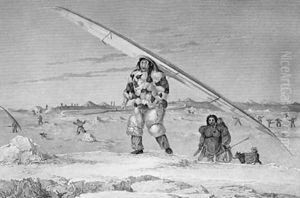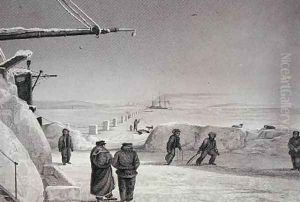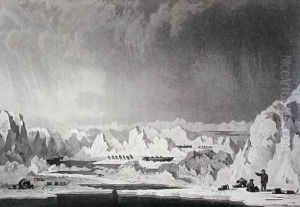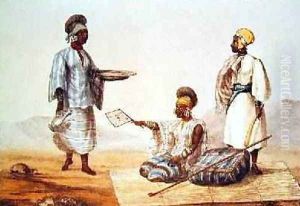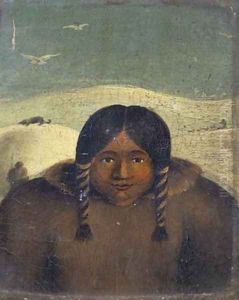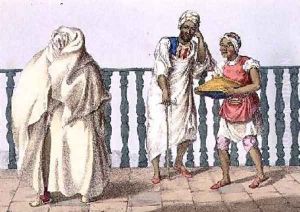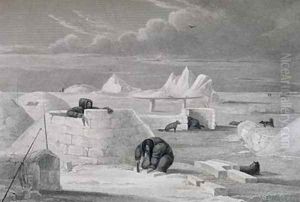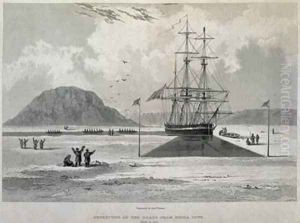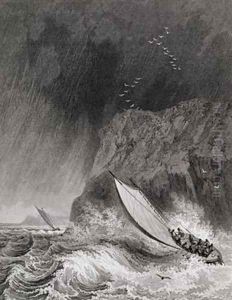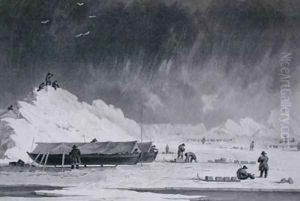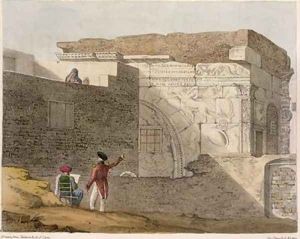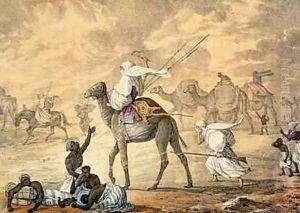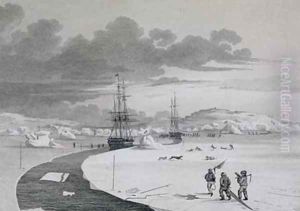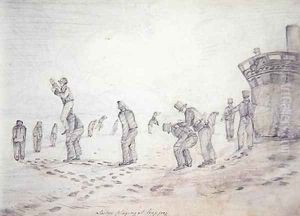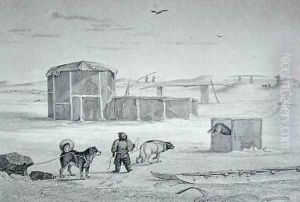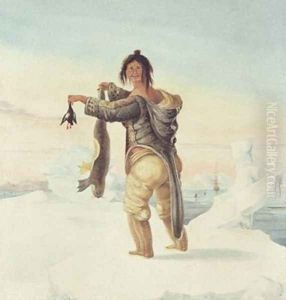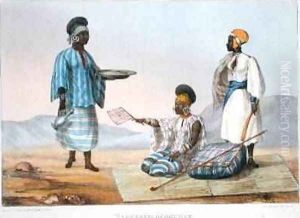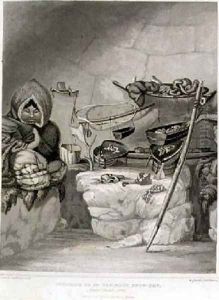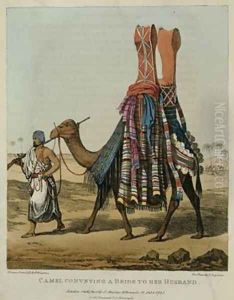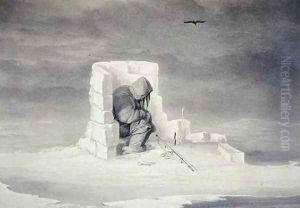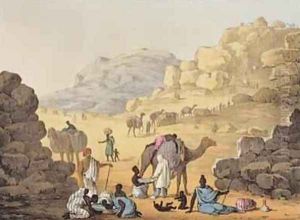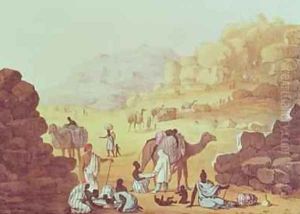Captain George Francis Lyon Paintings
Captain George Francis Lyon was not primarily known as an artist but as a British naval officer, explorer, and later a colonial administrator. Born on December 17, 1795, in Chichester, England, Lyon joined the Royal Navy in 1808 and quickly made a name for himself as an explorer.
In 1818, he participated in an Arctic expedition under the command of John Ross. This expedition aimed to discover the Northwest Passage, a sea route to the Pacific through the Arctic Ocean, but was ultimately unsuccessful. Despite the failure, Lyon's experiences on this voyage served as a foundation for his later explorations.
Lyon is best known for his subsequent Arctic explorations, particularly the 1821 expedition to the northern Canadian coastline where he attempted to locate the Northwest Passage. During this journey, he became one of the first Europeans to have extensive contact with the Inuit people, and he documented these interactions carefully. His respect for the Inuit and interest in their way of life was evident in his writings and drawings, which provided valuable anthropological insights.
Aside from his exploration activities, Lyon also took part in other notable ventures. He served in the Greek War of Independence and later became the governor of Sierra Leone, a British colony in West Africa. Unfortunately, his tenure in Sierra Leone was marred by ill health, and he died relatively young on October 8, 1832, in Bissett, Sierra Leone.
Lyon's legacy includes his written accounts and sketches documenting his travels and encounters with indigenous peoples. While not an artist by profession, his work does hold some artistic value, offering a unique perspective of the early 19th century exploration era. His contributions to the Royal Navy and his efforts in exploration have been recognized in various memoirs and historical accounts of the period.
